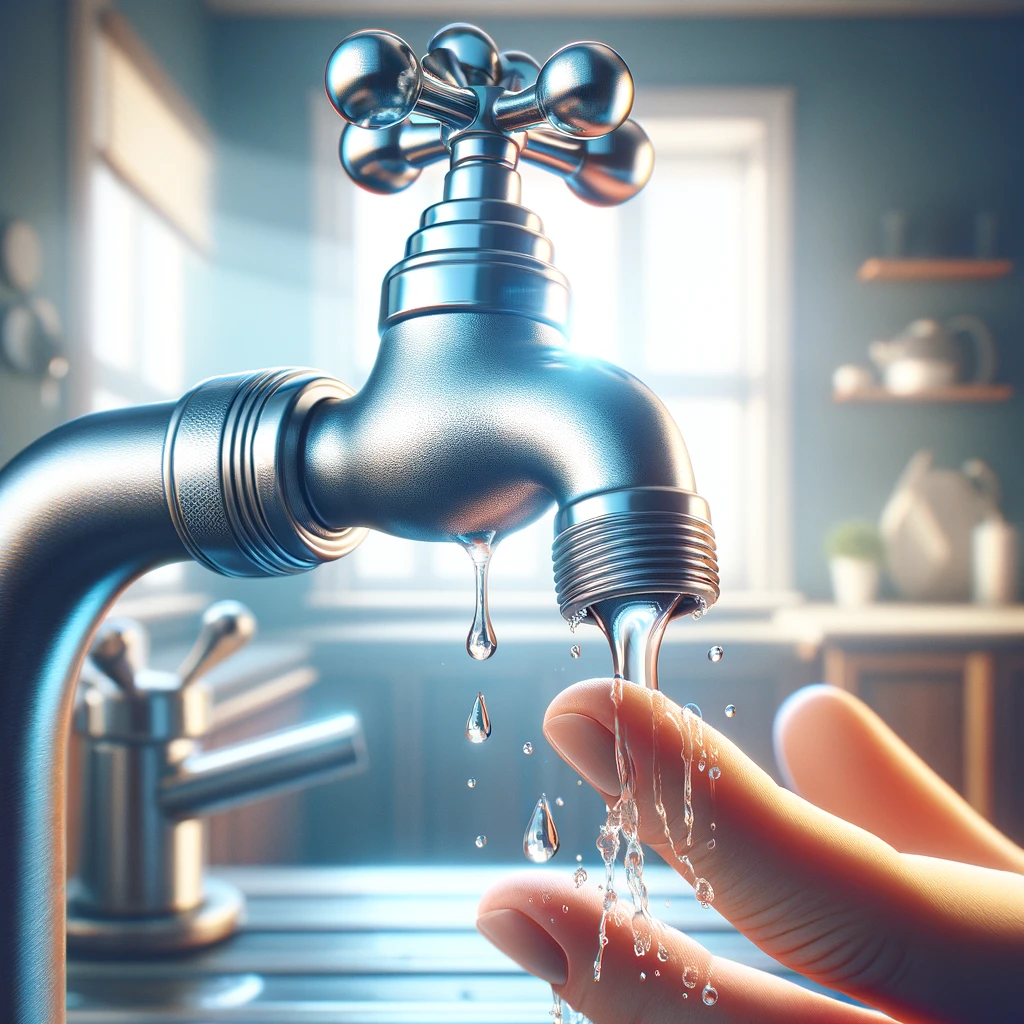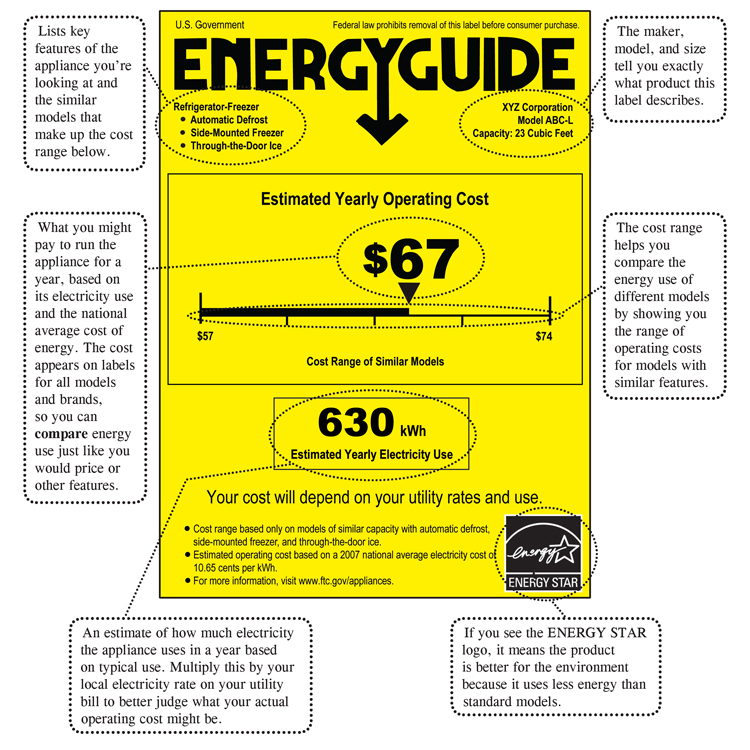In the world of plumbing and household infrastructure, ensuring the right water pressure is crucial for maintaining a functional and efficient system.
Scope:
- Ensure that the static service pressure is a maximum of 60 pounds per square inch (psi) (414 kilopascal [kPa]) upon installation of the plumbing system.
- Reduced water pressure saves water, conserves energy, and ensures proper fixture and appliance operation.
- For units in multi-family buildings, the service pressure within each unit should not exceed 60 psi.
- Compliance for homes supplied by groundwater wells should include the use of a pressure tank.
- Compliance for single-family homes with publicly supplied water can be achieved through a pressure-regulating valve (PRV) downstream of the point of connection or by verifying the service pressure is 60 psi or less with documentation from the water supplier.
- Piping for fire sprinkler systems is exempt from this requirement and should adhere to state and local codes.
Description:
- Static service pressure refers to the pipeline or municipal water supply pressure when water is not flowing.
- Water supply pressures in supply mains can exceed 200 psi.
- Maintaining service water pressure at or below 60 psi reduces the risk of leaks, ruptured pipes, and damaged fixtures.
- Various codes require Pressure Reducing Valves on domestic systems where the pressure of the supplied water exceeds 80 psi.
- Excessive water pressure can lead to issues like leaking faucets, water heater damage, and noisy appliances.
- Lowering water pressure also reduces hot water consumption, resulting in energy and cost savings for homeowners.
- Pressure-reducing valves (PRVs) are commonly used to maintain constant water flow at a functional pressure, and proper selection is crucial.
- Note that using a PRV creates a closed system, and thermal expansion may increase pressure, which should be controlled per local plumbing codes.
Ensuring Success:
- Inspectors will verify the water source (publicly supplied or groundwater well) and ensure compliance accordingly.
- For groundwater wells, check the installation of a pressure tank set at 60 psi or less.
- For publicly supplied water in single-family homes, verify PRV installation downstream of the connection point or check that the pressure at the home is 60 psi or less with documentation from the water supplier.
- Multi-family building units should also maintain service pressure below 60 psi.
- Fire sprinkler system piping should follow state and local codes.
Compliance:
- Environmental Protection Agency (EPA) WaterSense® New Home Specification mandates a maximum static service pressure of 60 psi.
- Compliance for groundwater well-supplied homes involves the use of a pressure tank.
- Compliance for publicly supplied water in single-family homes can be achieved through PRV installation or documented pressure not exceeding 60 psi.
- Multi-family building units should also adhere to the 60 psi limit.
- Excluded from this requirement are piping for home fire sprinkler systems, which should comply with state and local codes.
Note:
- Reduced water pressure benefits both new and existing homes by saving water, conserving energy, and ensuring fixture and appliance efficiency.
- DOE’s Standard Work Specifications promote safe whole-house energy upgrades, including considerations for global worker safety.
By adhering to the guidelines outlined in this blog, homeowners, contractors, and industry professionals can ensure that water pressure remains within the recommended limits, leading to water and energy savings, reduced maintenance costs, and a more sustainable future.
For immediate service or consultation, you may contact us at Allied Emergency Services, INC.
Contact Information:
- Phone: 1-800-792-0212
- Email: Info@AlliedEmergencyServices.com
- Location: Serving Illinois, Wisconsin, and Indiana with a focus on the greater Chicago area.
If you require immediate assistance or have specific questions, our human support is readily available to help you.
Disclaimer: This article is intended for informational purposes only. For professional advice, consult experts in the field.










